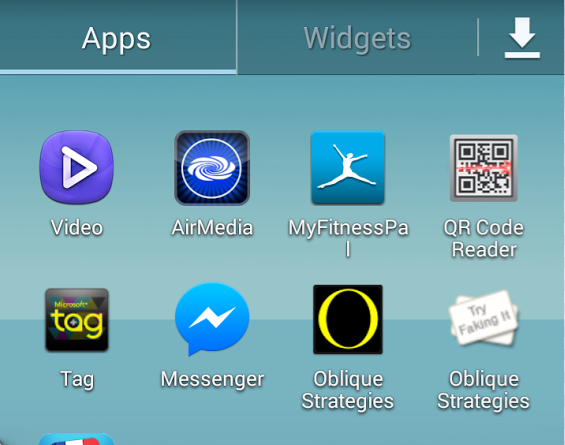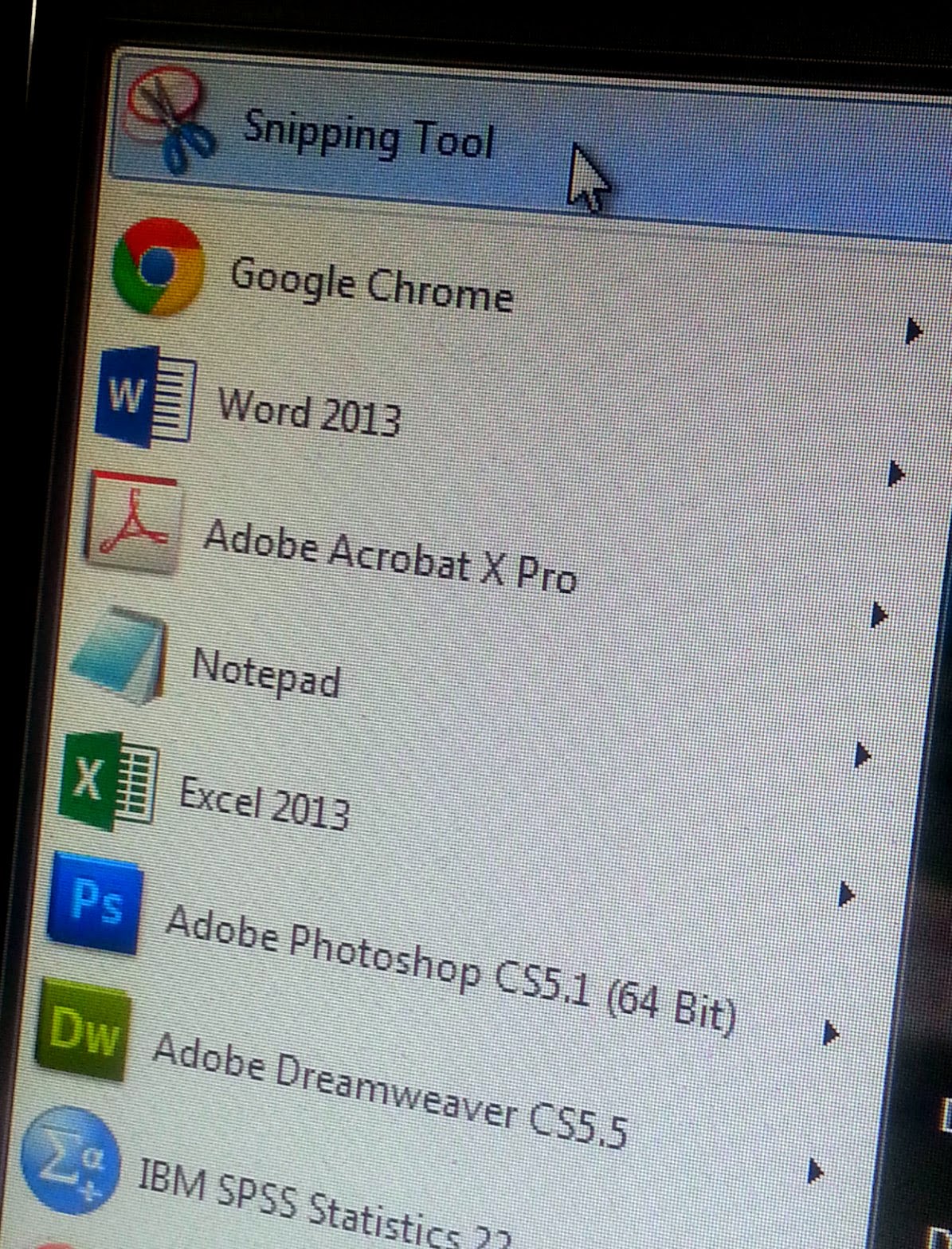Twitter, Online Voice and Safe Learning Spaces
I commented on Mr. Robert Paris’ blog a few days’ ago. It was in response to his concerns about Twitter and how to provide a safe space for students to fail and not be subject to ridicule. My comment was so long that I think it’s worth reproducing on my own blog for others to comment on.
Hi, I’m an ALT Labber who is currently teaching an online course (I do not use the term online class as I see an association of a “class” with a physical space). I use Twitter judiciously, as part of my online teaching kit. I sort of feel that gives me some credibility to jump into this conversation with all of you.
I’m a passionate advocate of inclusive teaching, which means creating safe spaces for my students is a priority for me. I encourage my students to use Twitter for immediate direct communication with me. In this way, I know they are present just as they know I’m present — creating online teaching and social presence is an online teacher’s attempt to humanize online learning. With the asynchronous nature of most online teaching, I appreciate Twitter technology and the immediacy it provides in letting me know I can indicate my presence and availability to my students.
That being said, I try to balance both — supporting inclusive safe spaces with open pedagogy. I don’t tweet everything nor expect my students to blabber without discernment. They know that there are some things they could Direct Message (DM) me about. If I know an issue would embarrass them, I DM them. Of course, there is that whole “dignity of risk” argument too. I quote this from my blog post:
“Supposedly, this phrase was coined in the 1970s regarding the subject of care for people with disabilities. I could see this applied in educational contexts. Allow students the liberty to try things for themselves, first. Don’t try to coddle them. Of course, we don’t like to see them get hurt and that’s where the discernment of the teacher is welcomed. I see this as an area of struggle for teachers as we move towards open pedagogy. We are fearful. We are anxious. We worry that they might get bullied, hurt, write or say the wrong things that backfire and brand them for life; leaving digital footprints that ruin their future prospects. Remember, we are the guide on the side, and we are there for them, consistently.” (https://yinwahkreher.com2015/05/26/quick-notes-vcuiit15/)
I offer my students the opportunity to try something new because it’s a thinking disposition that supports productive thinking. Exploring the web with Twitter and blogs is quite an imperative I’d say in nurturing digital literacy. Helping students find their online voice is just as important as giving them the opportunity to have an audible voice in the classroom. Vicki Davis, an educator from whom I’ve learned much via Twitter, taught me that “a student without a blog is a student without a voice.” Here’s a funny but true meme:https://twitter.com/MitchChampagne/status/557555426321907716/photo/1
In elementary school, I wrote for one (maybe). Let your students #blog and write for the world. #edchat #literacy pic.twitter.com/bqYZAHXPcd
— Mitch Champagne (@MitchChampagne) January 20, 2015
I want my students to find their voice, using the best available technology out there. Having an online voice is not something teachers can ignore in the 21st C and letting them write for the world in 140 characters is one way to help them. Not the only way, of course.
I understand your hesitancy because using Twitter or a private web video chat session is a decision I sometimes struggle to make, regularly, as long as my course is on. Safe space, open space, both, or more? There is not a perfect ANSWER. There are questions I try to deal with a case at a time, a day at a time. My course is located at http://rampages.us/clearthinking/ if you would like to check it out.
Welcome to online teaching! Thanks for the space to articulate some of my thoughts.
Quite a blog comment. It was written at the spur of the moment. Writing is without a word my favorite way to articulate my thinking. Now, moving on to a response to something about multimodality.

